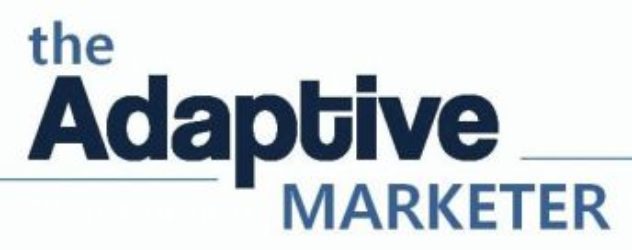A few days ago CMS Wire gave me the opporutnity to do a guest post summarizing what happened at Content World, which they published here. I am re posting here as you may find some of the observations inetersting in terms of the trends in web strategies:
Open Text Content World is coming to a close today. Like most user conferences and industry events, I find everyone gets the highest value from connecting with other people. Everyone loves the networking, sharing stories and best practices, bouncing ideas, building friendships and having fun. The breakout sessions and PowerPoint decks are almost secondary.
I would like to share some of my observations from this week resulting from talking to partners, colleagues, customers and friends. These are the topics and trends I identified.
Focus and Consolidation
Everyone is being tasked to do more with less. Many customers I talked to are considering, in the middle or completing projects to consolidate multiple web properties into one to drive cost savings and have a batter grip on their web strategy.
There is a growing concern that tactical departmental social media deployments can make this problem worse. During a session, I asked the audience how many had made an audit to find how many social media sites existed in their organization, no one raised a hand.
Social Media is Everywhere
I think every single customer I talked to had a strong interest in social media. For most of them, finding a way to leverage social media is becoming a requirement in their organization; and while some companies have had great success others are being cautious about their approach. On one side, there are concerns on compliance, safety, governance and control.
On the other side, applying social media inside the firewall produces very real but also hard to measure or soft results. Everyone seems to agree with the concept we have been promoting since early this year about social media not being a strategy but a tool to support a business strategy.
Portals are Cool Again
A few months ago, Portal was a term many wanted to avoid: Portals were perceived to be aging technology from the 90’s. Now, I see Portals re-emerging as the operating systems of the enterprise (a term I borrowed from John at Sutro Software)- providing a unified and personalized user interface to multiple applications and information sources.
There was a lot of interest in the vision of the social intranet, which was presented in the general session and a number of breakouts – a vision that is reality at Motorola who shared details of their intranet in one of the event’s favorite sessions.
Convergence
The worlds of Knowledge Management, Portals, Collaboration, Social Media and document management are converging. The lines are blurred. Organizations need modern collaborative processes to get things done and to capture the collective intelligence (and IP) of the organization, they need to make this information safe, meet compliance requirements and provide a simple and integrated user interface for users.
Enterprise 2.0 is Becoming Strategic
The role of many people I talked to was evolving and the value of these solutions to the organization is being recognized. A few years ago collaboration and document management were considered to be IT infrastructure, now with the addition of Enterprise 2.0 elements and other innovations, these solutions are considered key company assets that can transform organizations, impact productivity and directly affect the success of the organization.
Use of Video is Maturing
It was very interesting to hear how the use of video is maturing in large organizations. Video is being used in many ways: as an engaging way to connect with customers and employees, as a training tool, as a universal communications media that does not require translation and as a way to connect more personally with people.
I find that many companies are starting to think about how to more effectively deliver video (one of our customers has 200,000+ people going to their video-enabled intranet home page every morning) and more effective ways to manage video assets from a storage, security and consistency perspective.
If you think about the array of solutions that were talked about in Content World (from WCM and DAM to records management and compliance) it is easy to come to the conclusion that they serve very different use cases and are being implemented in different areas of an organization.
However, when you take it one level higher, everyone at this event was thinking about how to store and manage content (making it safe, compliant, managed and accessible) and how to improve the way people experience and interact with content (make it more personal, relevant, social and pervasive).
Storing and Managing Content
To me, storing and managing content is something companies have to do. The biggest value and potential for impact in an organization, however, is in improving the way people experience and interact with content.
That is what is unique. And hard. And difficult to measure. But also very exciting. This is where social media, widgets, rich media, personalization, mobility, content recommendations and other exciting technologies can help. Inside and outside the firewall.
The Present and the Future
A summary of the event would not be complete without talking about VCM 8. It is a major release. There are too many stories to tell. Which goes back to my first point about how people get the most value of these event by learning from each other
